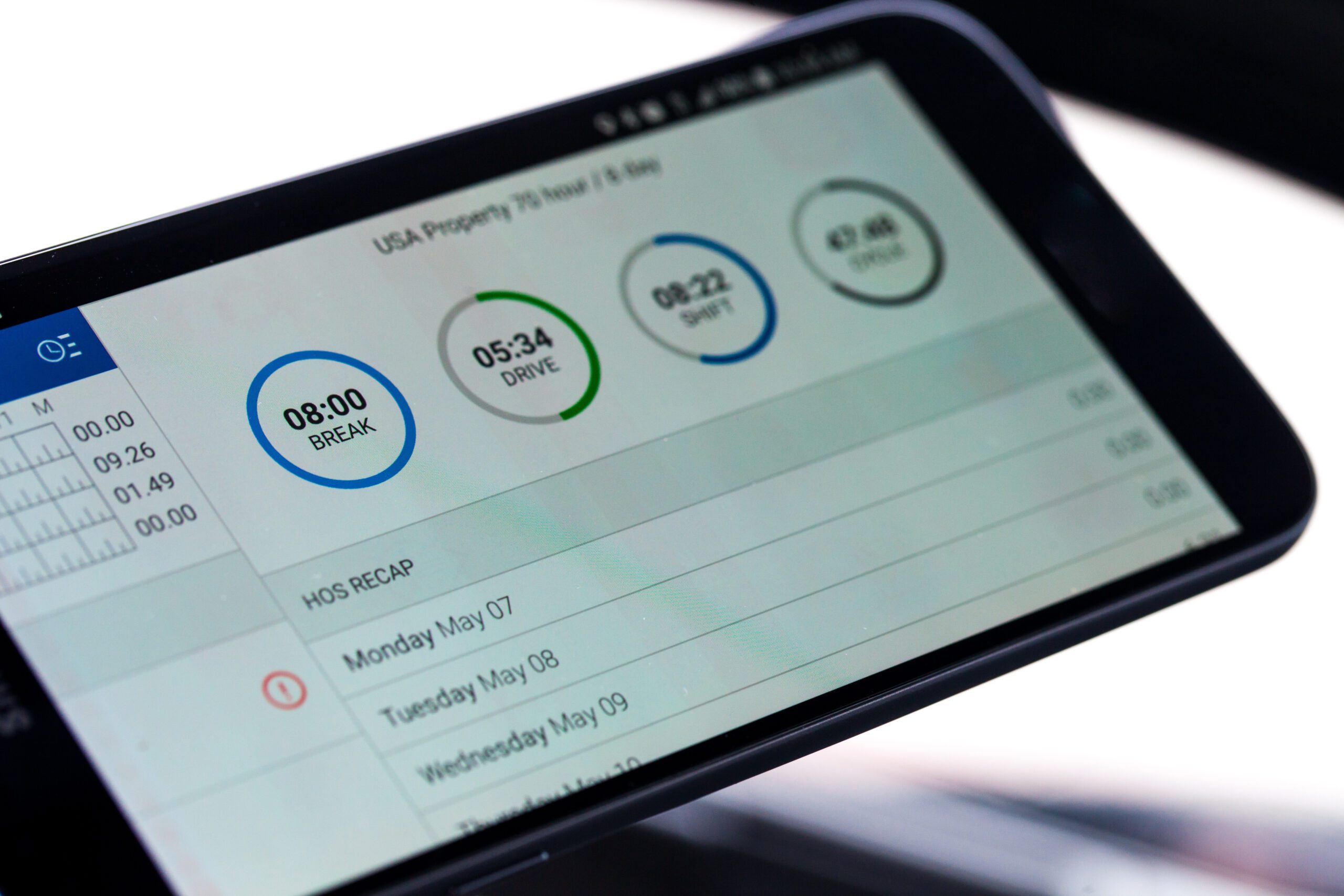ELDs and the 3G sunset—most truckers don’t spend much time thinking about how required data is transmitted from their rig. But if you’re a fleet manager in the commercial trucking industry or a commercial motor vehicle owner/operator, you need to be aware of upcoming changes to the mobile network infrastructure that could affect your compliance with federal law. Specifically, compliance with the federal government’s Electronic Logging Device (ELD) rule.
In this article we share an overview about the upcoming changes to 3G technology, and how this could affect your compliance as a fleet owner.
What is the ELD Rule?
The ELD rule was created to help foster a safer work environment for drivers. The rule is also intended to make tracking, managing, and sharing records of duty status (RODS) data more accurate and efficient.
An ELD attaches to a commercial motor vehicle (CMV), synchronizes with its engine, and records driving time. An ELD records if the engine is running, if the truck is moving, driving distance, and the overall duration of engine operation. This data ensures that the truck’s driver follows Federal regulations related to hours of service (HOS). ELDs have been mandated under federal law since 2017.
Unfortunately, many ELDs still operate using 3G technology and will be affected in 2022 as this technology is phased out.
What is 3G and 5G Technology?
The “G” refers to the generation of mobile technology standards. 3G technology refers to third-generation wireless technology. It utilizes a network of phone towers to pass signals, ensuring stable and fast connection over long distances. While it may not sound complex by today’s standards, 3G technology was revolutionary in 2002, when first introduced.
Now, mobile carriers are sunsetting their 3G networks to make room for more advanced network services, including 5G, fifth-generation technologies.
According to PCMag, “5G networks use a type of encoding called OFDM, which is similar to the encoding that 4G LTE uses. The air interface is designed for much lower latency and greater flexibility than LTE, though.” 5G uses low and mid-band airwaves, but also opens up high-band, short-range airwaves that weren’t available with prior technology.
What is the 3G Sunset?
Sunsetting means that the network operator is shutting down the infrastructure necessary to operate devices that work on that network’s technology.
Simply put, mobile carriers across the country are shutting down their 3G networks, which could mean trouble for companies whose fleet vehicles still use ELDs that operate using 3G networks.
Once the network shuts down, any ELD that requires 3G network connectivity to perform will be out of compliance with the technical specifications set forth by the federal government’s ELD rule. If unable to connect to a 3G network, the device will register a malfunction. According to the Federal Code of Regulations, Title 49 CFR 395.34, the carrier will have eight days to resolve the malfunction unless they obtain an extension.
The only way to resolve the malfunction is to replace the hardware with a unit that runs on either a 4G or 5G network. Fleet managers and truckers who own and operate their own vehicles should act now to avoid any issues.
The following sunset dates reflect the date that the carrier intends to shut down their 3G network:
● AT&T 3G: February 22, 2022
● Sprint 3G (T-Mobile): March 31, 2022
● Sprint LTE (T-Mobile): June 30, 2022
● T-Mobile 3G: July 1, 2022
● Verizon 3G: December 31, 2022
Please note that many other carriers, including Boost, Cricket, Straight Talk, and some Lifeline mobile service providers, utilize the Verizon, AT&T, and T-Mobile networks. Many carriers plan to retire portions of their networks sooner than the dates listed above. That means that you could be at risk for an ELD malfunction depending on where you are in the country.
What Actions do Fleet Managers and Owner-Operators Need to Take?
The first thing motor carriers need to do is confirm whether or not their ELD(s) rely on a 3G network for operation. If you’re not sure, contact your ELD provider. If the ELD does not rely on a 3G network and the device meets all of the minimum federal requirements, no action is necessary. If your ELD relies on 3G technology, ask your provider about options for upgrading or replacing your device.
This should be done as soon as possible in order to avoid service disruptions and compliance issues.
The bottom line is that ELDs that utilize 3G technology will be rendered useless by the end of 2022.

